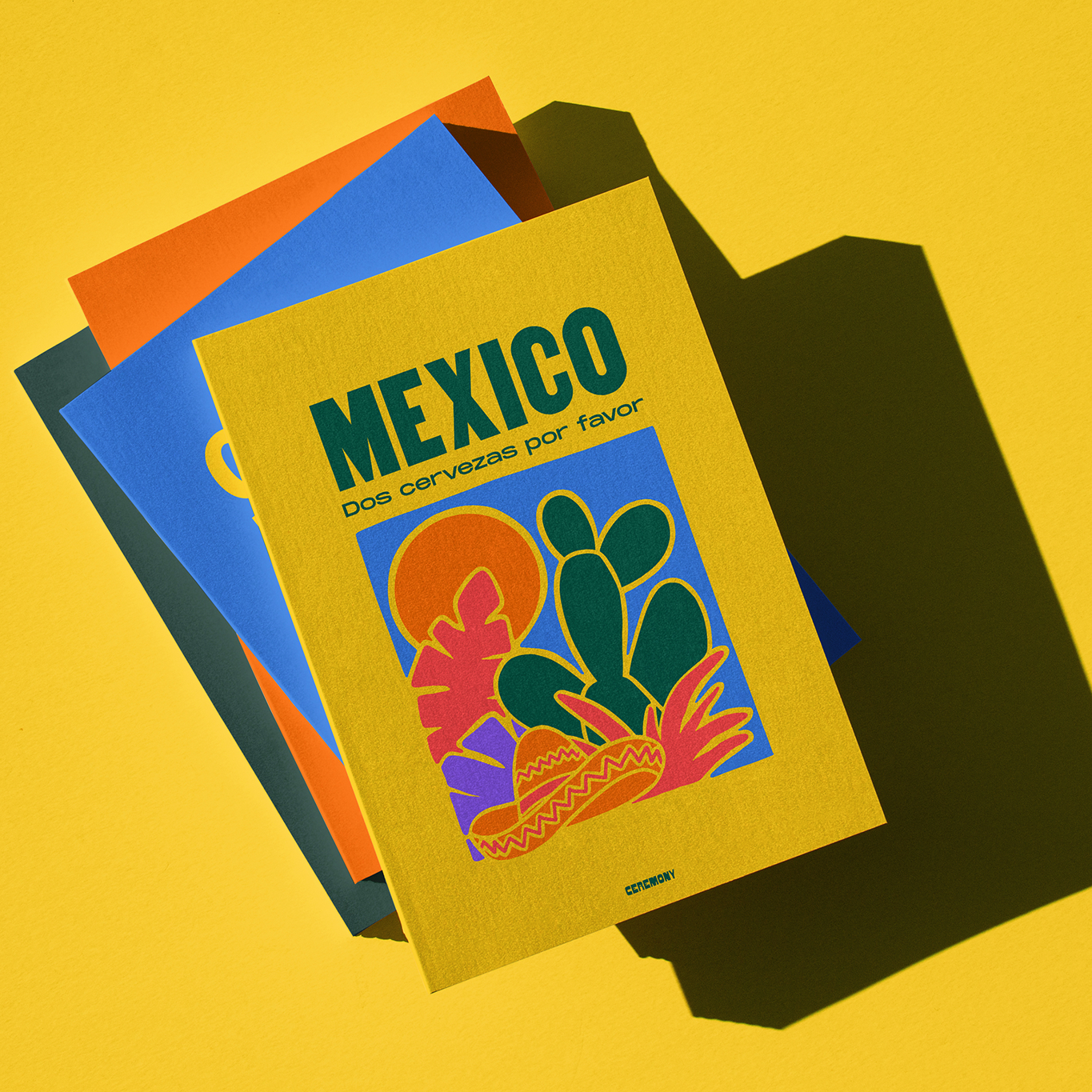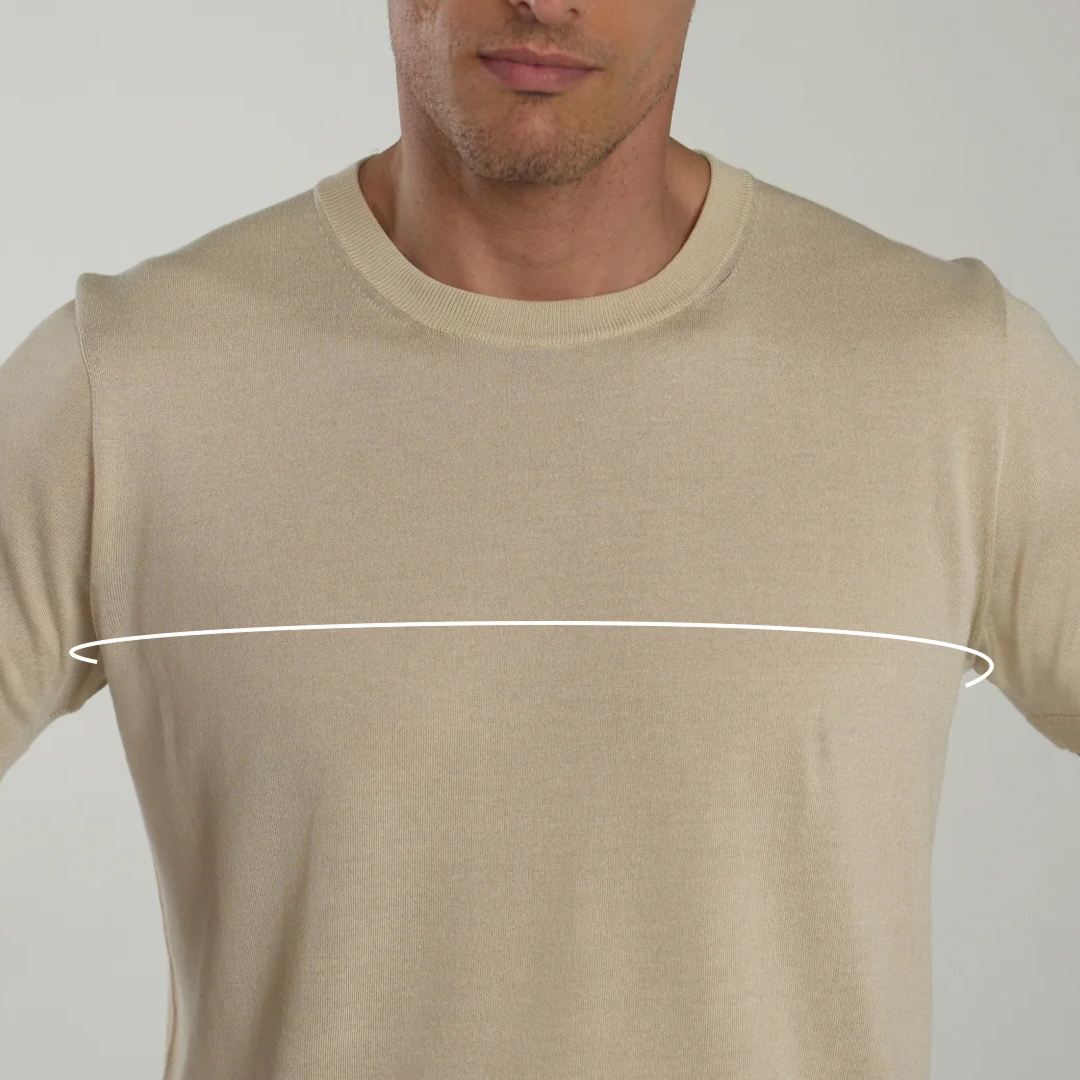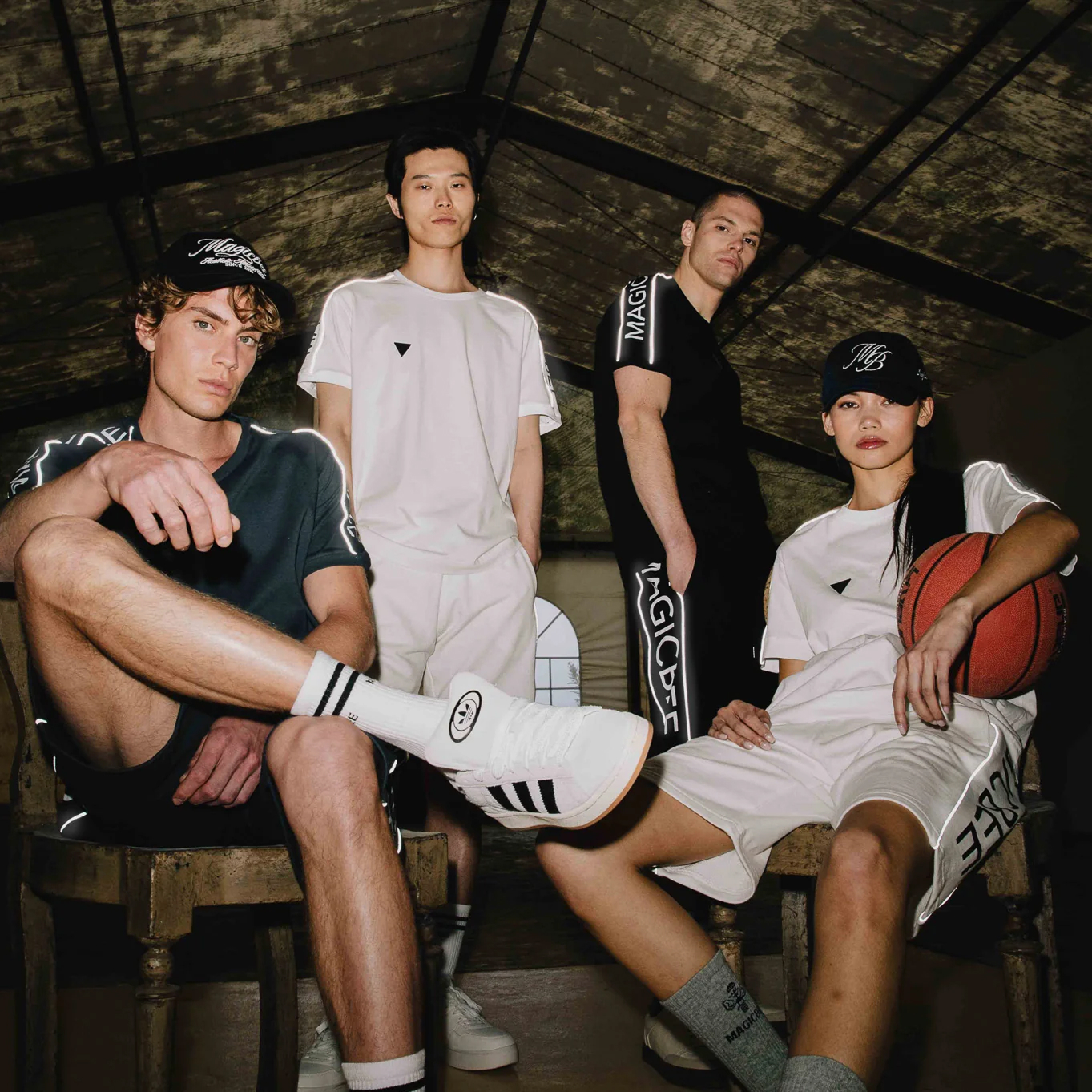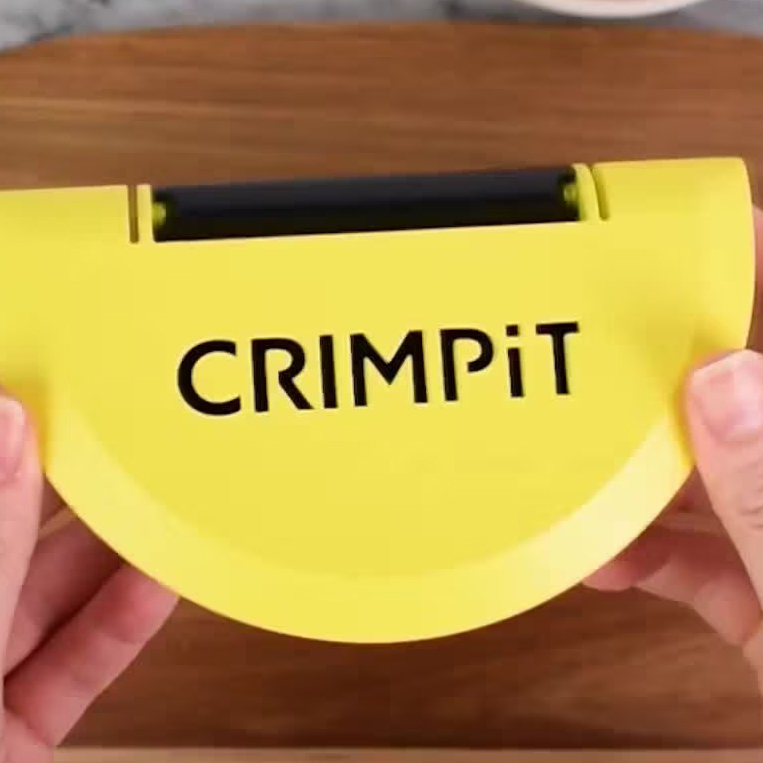Shopify Website Design
We design Shopify frontends that bring together great user experience, strong branding, and high-conversion layouts.
Whether it’s a full store design, component design, or style guide creation, we ensure your website looks stunning, functions seamlessly, and supports your business goals.
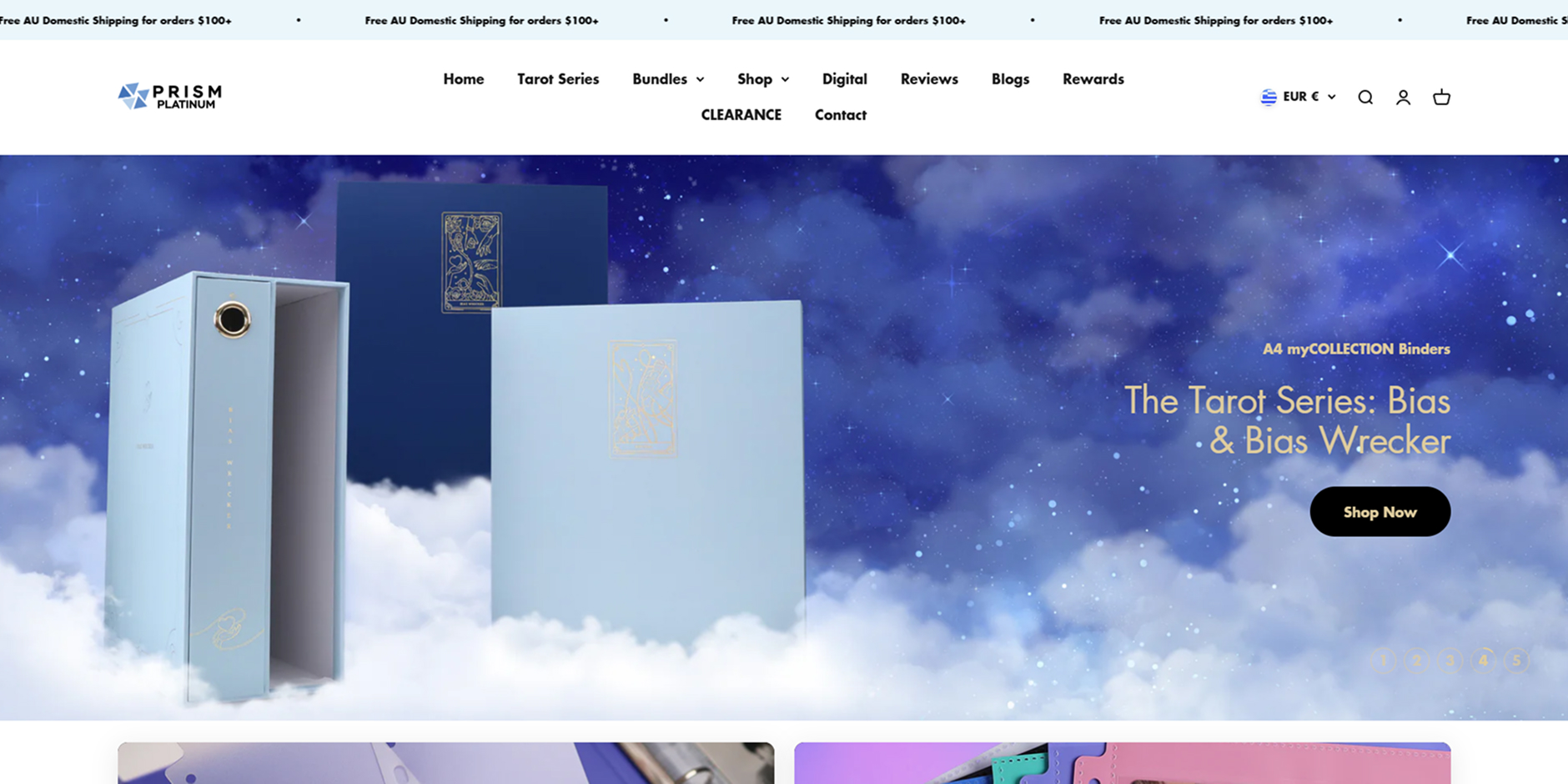


Why choose us.
for Shopify Website Design

Progressive Design
We can save you significant costs by providing mockups in multiple stages of completion. Instead of jumping into a finalized version, that's usually not based on actual data, we start with low fidelity mockups. It's much easier to improve and adjust iteratively.
You get all the benefits of a design as perfect as can be, at lower prices, and with each design stage produced in its best version.
Shopify-Specific Expertise
Our extensive experience in Shopify helps avoid any pitfalls, and make usage of the platform to its maximum. We've worked with dozens of Shopify themes and we already know how well a design will function in Shopify specifically.
This leads to a design process that will do much better in supporting implementation and integration with a Shopify theme, and even how well the design can be adjusted in the future, without any code.

Consistency and Branding
We don't design in isolation. It's not just the fonts, colors, and style features that need to be consistent with the rest of the site. It's also the way customers will use it, the feeling it creates, and the copy on the element.
This way we make sure that every element added to a website feels seamless when seen on the page. The result is a cohesive and professional experience across your entire store and other business assets.

Copy-focused
Proper design starts with copy. In fact, a big part of optimizing conversions is improving the copy, because it can make or break the website. So we design copy-first, even if the initial mockups have a very general representation of the text.
This focus leads to a much better end result when it comes to user experience, the brand's image, and revenue.












Our process.
Requirements gathering and research
We begin with a deep dive into your business, competitors, and audience. This stage helps us define the project scope and understand what designs will deliver the best results.
Wireframing and low-fidelity mockups
We begin with simple wireframes to plan the structure and flow of the website or feature. This allows for quick iterations and ensures we get the fundamentals right before moving to the details.
High-fidelity design creation
Once the wireframes are approved, we create polished, high-fidelity mockups with visuals, branding elements, and components designed to engage and convert.
Feedback and refinements
We share the designs with you for feedback, making adjustments where needed. The result is a design ready to move into development, with all details fine-tuned.
Tools and methods.
Style guides
Style guides include consistent fonts, color schemes, and reusable components. These guides ensure your brand’s identity remains cohesive across every page and section of your store, and other marketing assets.
Whenever we work on an existing design, we use its existing style guide. If we work on a design from scratch, we create the style guide initially, to make sure the design process is based on it.
Wireframing and prototyping
We use tools like Figma to create wireframes. This allows us to create a pixel perfect representation of the design and ensures it flows seamlessly and can be easily visualized before finalization.
We also use advanced prototyping features like automatic layouts. These can make a big difference when it comes to the actual implementation, because they describe exactly how the design should behave in all types of devices.
User behavior research
To design experiences that convert, we analyze customer journeys, pain points, and behavior patterns. This research helps us create designs that solve real problems and improve engagement.
Tools include Google Analytics 4, Shopify Reports, and heatmapping tools such as Hotjar and Microsoft Clarity. Recordings of the site's usage of real customers are a central part of our process.
Frequently Asked Questions.
What do you need from me to start?
We'll ask you all the relevant questions in order to get a better understanding of your goals.
We also might ask you for existing data you may have, e.g. analytics of user behavior.
And, in order to maintain consistency across the brand, we might also ask you for existing branding assets, photography, paid fonts, examples of ads you're running, etc.
How do you ensure the design converts?
First, we always follow proven user experience principles, focusing on intuitive navigation, clear calls-to-action, and customer behavior insights to encourage purchases.
Then, we make use of any existing data you may have. Analytics, heatmaps, recordings, are all sources of data that let us see how users already behave on your site. This lets us recognize bottlenecks and opportunities, for your new design.
How much does Shopify design cost?
We have very flexible offers when it comes to design. Larger investments get to have complete research and planning, multiple iterations, very elaborate designs. Smaller budgets can take advantage of our quick design cycle to design a feature, launch, and only iterate if real life data shows it's necessary.
How long does the design process take?
Timelines vary depending on scope, but most large-scale design projects take 3–6 weeks, including feedback and refinements. Smaller scale designs such as individual components can take even less than a week.
Let's talk about Shopify Website Design



